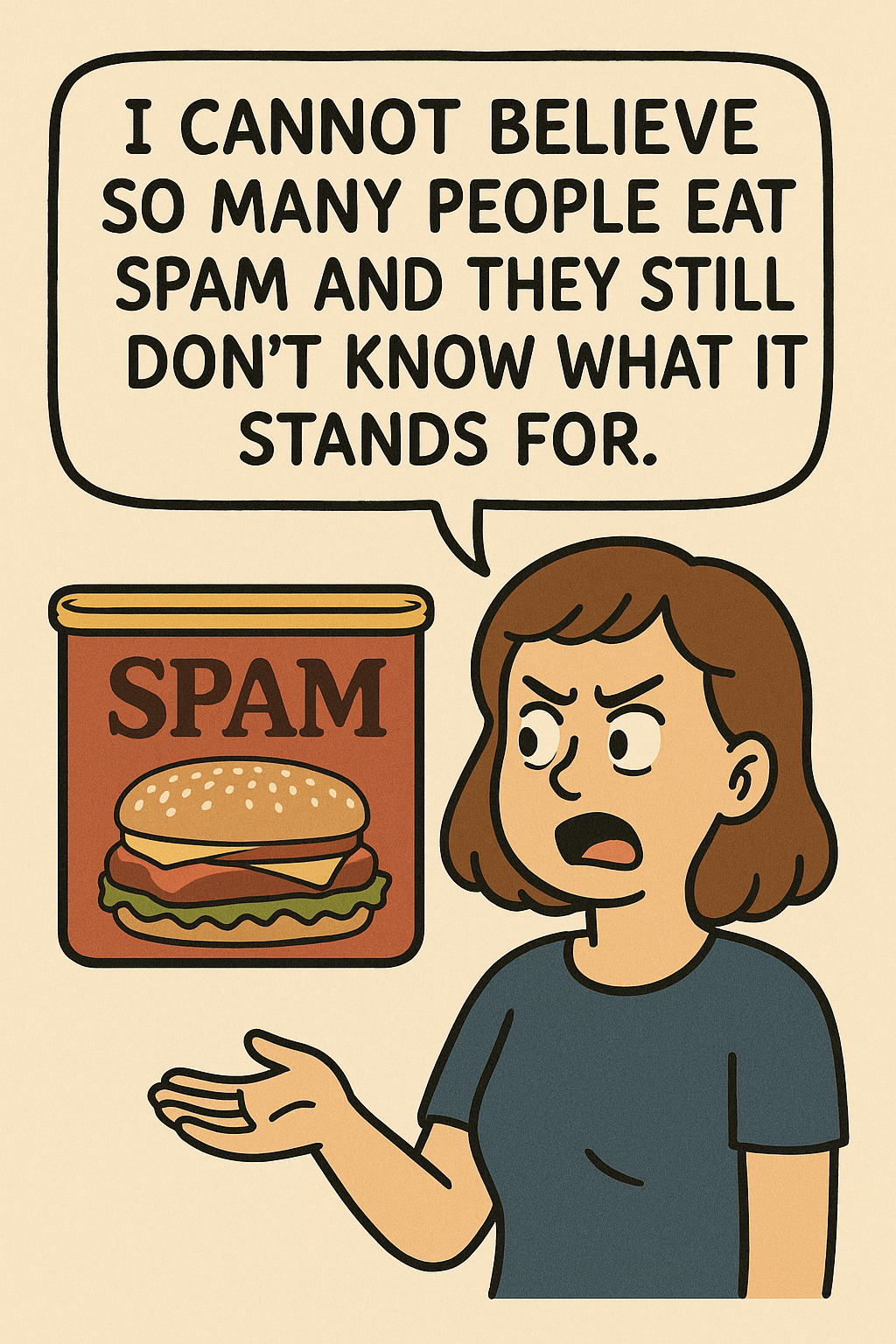SPAM is one of those classic foods that almost everyone has seen in a pantry, especially at grandma’s house.
First introduced by Hormel Foods in 1937, SPAM became a kitchen essential during World War II, when food was limited, and fresh supplies were hard to get.
But beyond its familiar blue can, many people still wonder—what exactly is SPAM, and how did it come to be so famous?
The name “SPAM” has sparked curiosity for decades. Some people say it stands for Specially Processed American Meat, while others believe it means Shoulder of Pork and Ham.
The most widely accepted explanation is that it’s a blend of the words spiced and ham. This clever name was created by Ken Daigneau, the brother of a Hormel executive, who won a company naming contest back in 1937.

Despite all the mystery around its name, the actual ingredients are quite simple. According to Hormel Foods, SPAM contains pork, water, salt, potato starch, sugar, and sodium nitrate. The production process is straightforward: ground pork and ham are blended with these ingredients, sealed in cans under vacuum, cooked, and then cooled for several hours.





